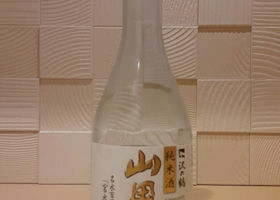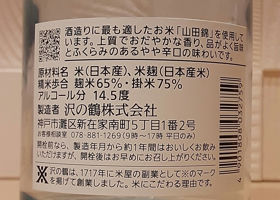SakenowaRecord your sake experiences and discover your favorites
沢の鶴沢の鶴
Flavor Chart®
A chart created from flavor analysis of user comments.

Flavor Tags ®
Tags generated from flavor analysis of user comments.
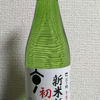
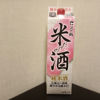
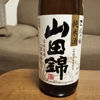
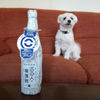
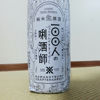
Popular Comments
Nama sake that can be stored at room temperature, as is typical of the major companies.
It's very heavy and drinkable. Sweet and spicy? Creamy like nuts and butter.
Junmai is only a little over 1,000 yen including tax, so it is very cost-effective. It seems to have good aging potential, so it might be good to let it sit for a while.
Japanese>English
Brands from Sawanotsuru
Similar Brands
We analyze the flavors based on everyone's comments and select similar brands.
SuwaizumiSimilar Characteristics
Location
5-chōme-1-2 Shinzaike Minamimachi, Nada-ku, Kobe, HyogoOpen in Google Maps
Related Articles
“コスパ最強の純米酒”で鍋料理を作ってみよう!酒場ライターに聞く、沢の鶴「米だけの酒」の楽しみ方 | 日本酒専門WEBメディア「SAKETIMES」
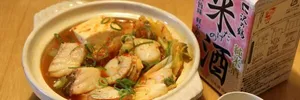 日常の食卓に寄り添う、神戸・灘の日本酒「沢の鶴」。なかでも人気の「米だけの酒」は、しっかりとした米の旨味がありSAKETIMES | 日本酒をもっと知りたくなるWEBメディア
日常の食卓に寄り添う、神戸・灘の日本酒「沢の鶴」。なかでも人気の「米だけの酒」は、しっかりとした米の旨味がありSAKETIMES | 日本酒をもっと知りたくなるWEBメディアがんばる自分に、ご褒美を。沢の鶴「たまには酔いたい夜もある」先行予約販売が3/3(火)に開始 | 日本酒専門WEBメディア「SAKETIMES」
 株式会社TRINUS (トリナス/東京都渋谷区)は、沢の鶴株式会社(兵庫県神戸市)の「常温流通可能な生酒製造技SAKETIMES | 日本酒をもっと知りたくなるWEBメディア
株式会社TRINUS (トリナス/東京都渋谷区)は、沢の鶴株式会社(兵庫県神戸市)の「常温流通可能な生酒製造技SAKETIMES | 日本酒をもっと知りたくなるWEBメディア「沢の鶴 NADA88」は夢を語りたくなるお酒—沢の鶴×ヤンマーの酒米プロジェクトで生まれた新しい日本酒の魅力 | 日本酒専門WEBメディア「SAKETIMES」
 「新しい酒米を作る」という壮大な目標を掲げて共同開発をスタートした、灘の酒蔵・沢の鶴と農業機械メーカー・ヤンマSAKETIMES | 日本酒をもっと知りたくなるWEBメディア
「新しい酒米を作る」という壮大な目標を掲げて共同開発をスタートした、灘の酒蔵・沢の鶴と農業機械メーカー・ヤンマSAKETIMES | 日本酒をもっと知りたくなるWEBメディアTimeline
沢の鶴特別純米酒 山田錦※

沢の鶴純米酒 山田錦
ゆとり
Strong aroma with a clean aftertaste
Japanese>English
misakinn
Slightly dry but with a sweet aftertaste
Japanese>English
よね。
Clear and goes well with food.
Japanese>English
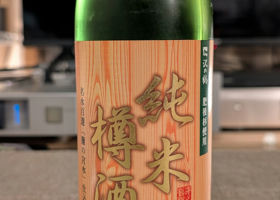
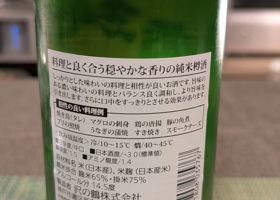
Kawa
The strongest oak aroma I've ever had? It is the strongest I've ever had.
However, now that I have come to enjoy drinking sake, I feel that it tastes good.
Japanese>English
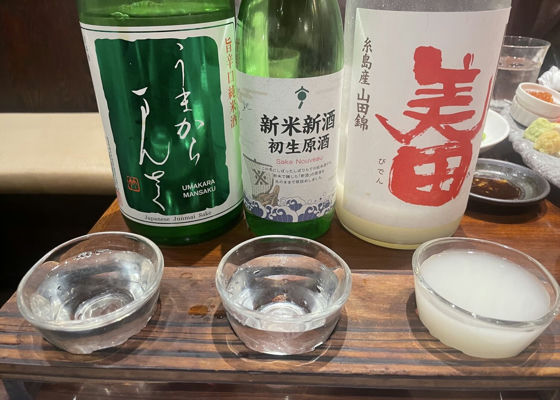
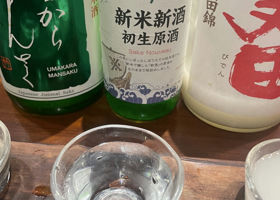
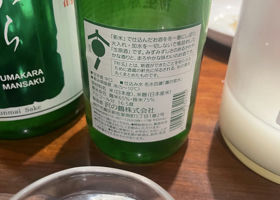
日本酒飲む男
Clear and sharp. Sweetness
Japanese>English
沢の鶴100人の唎酒師
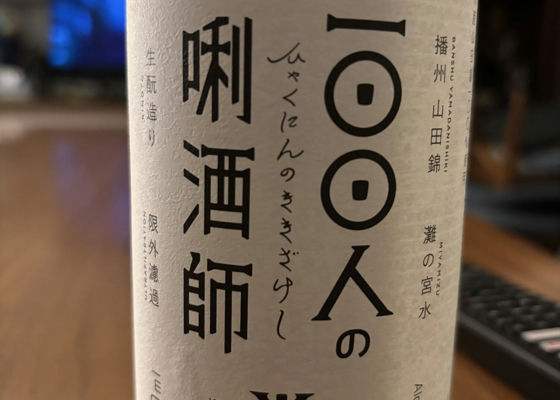
沢の鶴純米※ 生酛造り
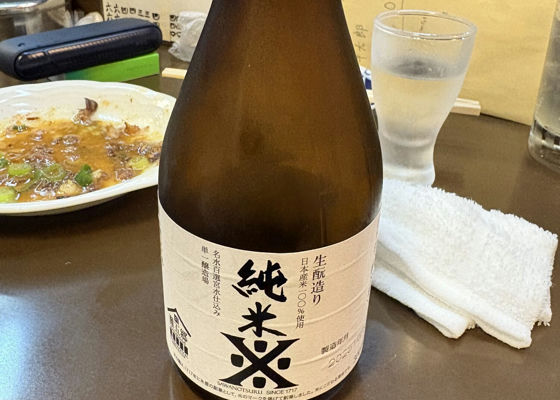
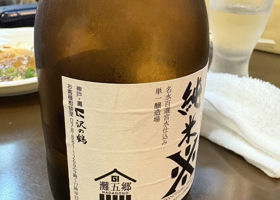
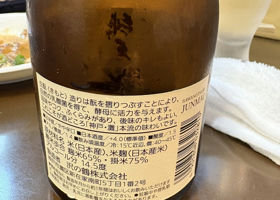
ポコタロウ
The sake has a slightly dry taste with a touch of sake yeast yeast, and the umami flavor is much more than that.
We enjoyed it with Doteyaki.
Japanese>English


ゆい
I bought a packet, but I wasn't good at it.
Japanese>English
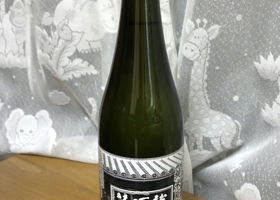
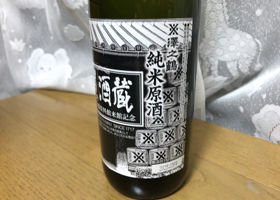
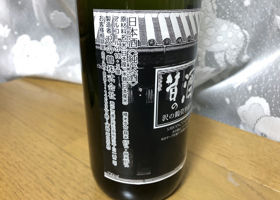
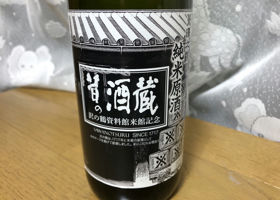
toku
Commemorating the Visit to the Sawanotsuru Museum
July 5, 2025
Purchased on a company trip.
Japanese>English
kinako
☆☆☆☆
Sweet but clean and easy to drink.
Japanese>English
沢の鶴山田錦 純米酒
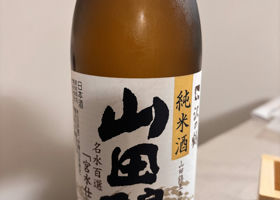
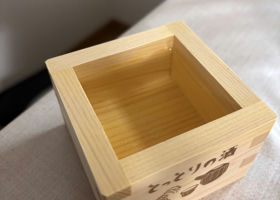
ダイダ
Yamada Nishiki 55
Stable dry taste with little habit.
Goes well with rice crackers.
Japanese>English
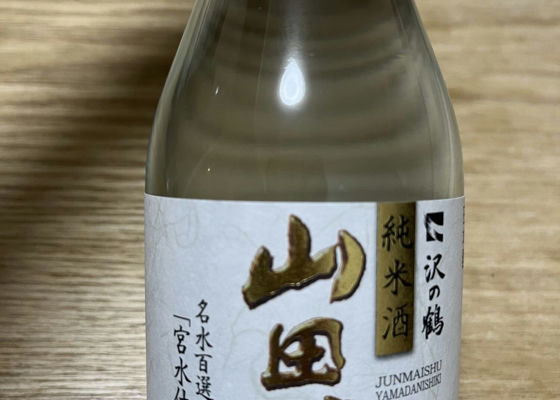
monkeyDr
Light fruity mouthfeel.
Reasonably priced!
Japanese>English
沢の鶴100人の唎酒師
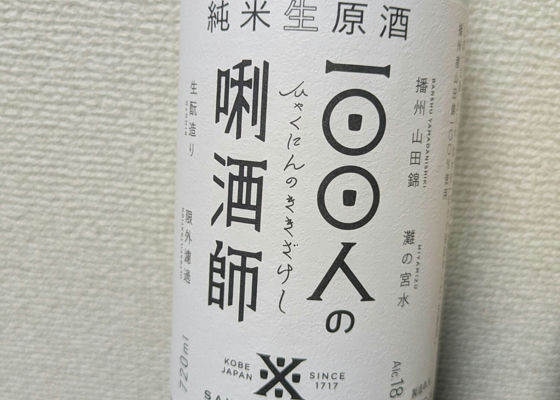
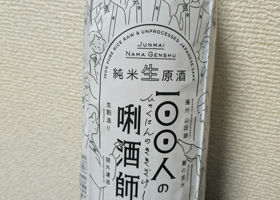
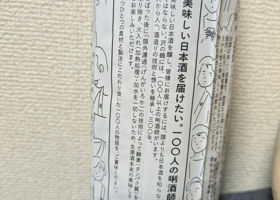
karisome
I love this kind of project more than the taste, and I thought it was amazing that there were 100 more people.
Japanese>English

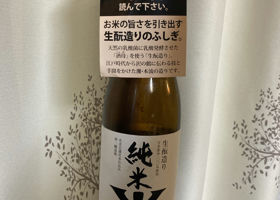
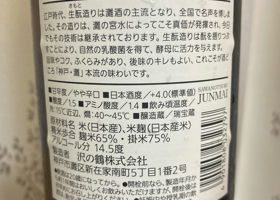
Ishipy
Feels like old-fashioned sake flavor. Aroma of a country barn. The taste is light and refreshing, without any peculiarities. It is a sake that tastes better with food than on its own.
Today I served it with eggplant simmered in miso, sauteed lotus root with kinpira, and codfish with red bean paste.
Japanese>English
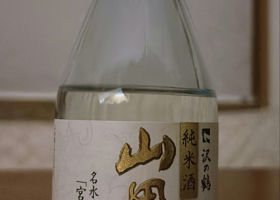
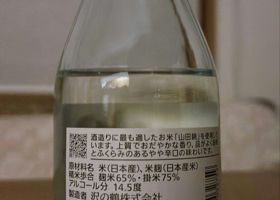
酒 柴
A souvenir I was given on my way back from a business trip to Nagoya so that I could drink it on the Shinkansen.
Sake tastes good when you drink it while wishing to be a person who can do this kind of thing 😋.
I like sake because it makes me feel the warmth of the Japanese people 😚.
Nada no miyamizu is made of medium-hard water and is also called Otoko sake.
Japanese>English
沢の鶴純米酒 山田錦
